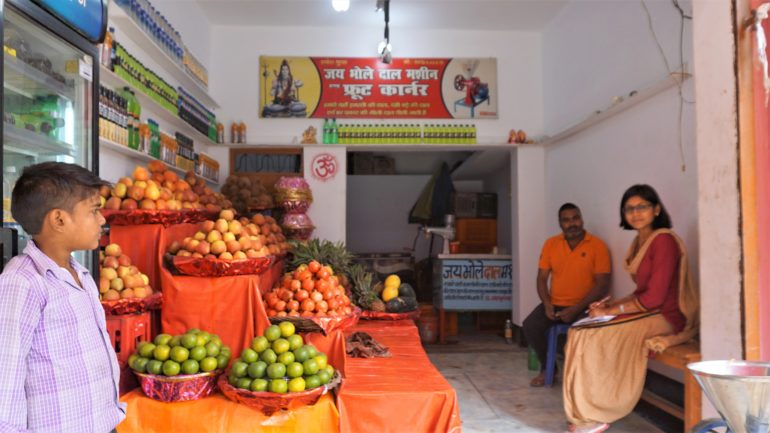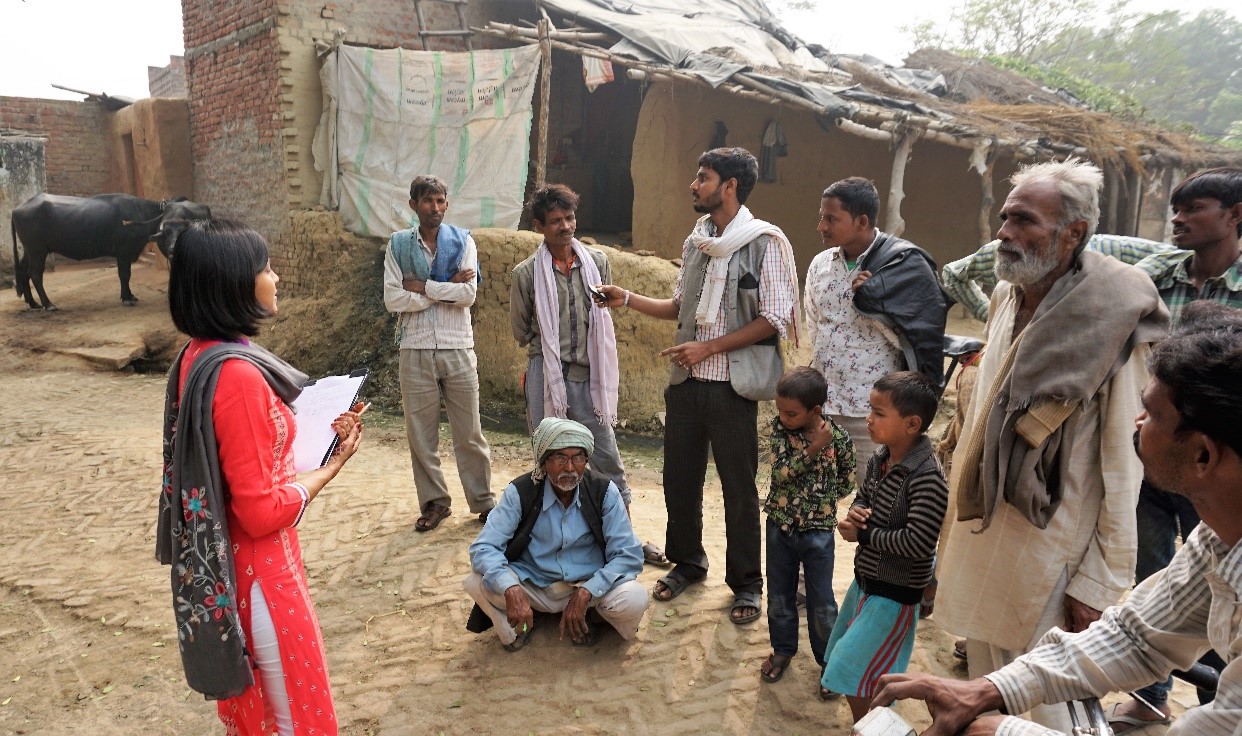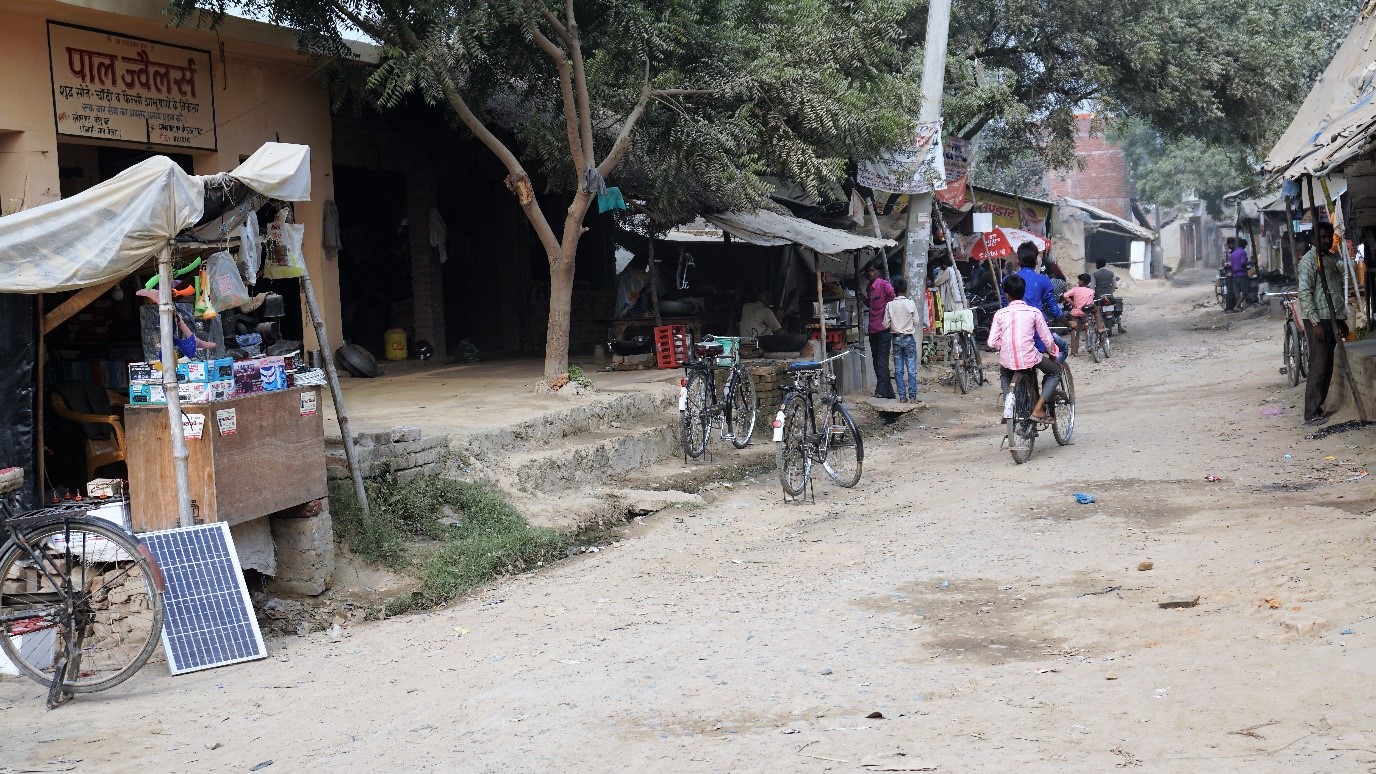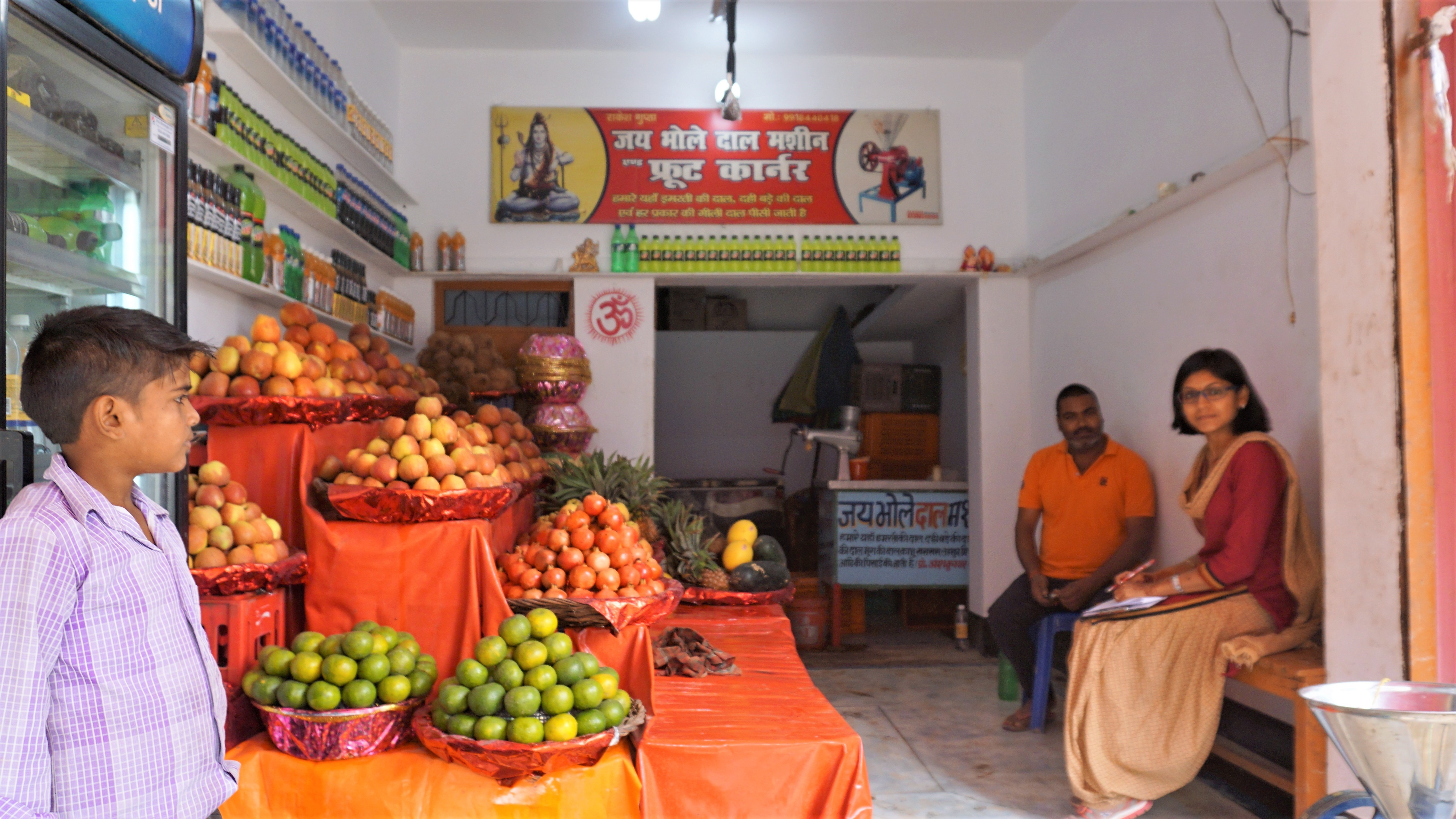Blog

On September 25, 2017, Prime Minister Narendra Modi launched the Saubhagya scheme, aimed at ensuring electricity connection to yet-to-electrified 40 million households, by December 2018. This scheme complements the Deen Dayal Upadhyaya Gram Jyoti Yojana, which aims to create and strengthen rural electricity infrastructure. Even as the Government of India pursues these ambitious targets, the Sustainable development Goal 7 of achieving universal electricity access, remains a humongous challenge.
This is because electricity connections do not translate directly into electricity access. A recent survey on electricity access in six Indian states demonstrates that only half of the households with electricity connections receive electricity for more than 12 hours a day. The lack of reliable electricity forces households to use suboptimal alternatives, such as kerosene. As per the 68th round of National Sample Survey (2012), 88 percent of rural households in India use kerosene, with majority households incurring monthly expenses of INR 80 and above.
Off-grid solutions complementing grid-electrification
It has been widely argued that off-grid solutions such as solar home systems (SHS) and mini-grids can supplement the Indian government’s efforts to ensure 24-hour electricity access by 2022. In fact, as such solutions become affordable and accessible in rural areas, kerosene will slowly lose ground to solar solutions. My recent visit to the Hardoi district in Uttar Pradesh confirmed this trend. Most rural households using mini-grid connections in Bharawan, Ahirori and Pratapnagar villages have stopped using kerosene for lighting (Figure 1). The same holds true for household with solar lanterns or SHS. When asked about the use of kerosene, Shakeel Ahmed, of Khandakheda village, replied that:
“Kerosene is a polluting and dirty source of lighting, so we don’t use it. Fumes from kerosene hurt eyes of children, if they use it for studying. It also covers the walls of house with soot. So, people have stopped using kerosene and most people use it as a back-up for emergencies.”

Going beyond the lighting needs, electricity access through mini-grids also facilitates mobile charging and the use of fans in summers at costs comparable to kerosene. Such solutions can significantly improve the productivity of rural enterprises, as use of weighing machines, refrigerators (Figure 2), computers and printing machines become more reliable.

As rural communities experience the benefits of quality and reliable power supply from solar solutions, there is an increasing demand and willingness to pay for such solutions. For instance, in Bharawan and Ahirori, village leaders highlighted the need for more mini-grids, as the existing ones are insufficient to give connection to interested consumers. Both, villages with and without grid-electricity are embracing mini-grids and other solar solutions. For latter, they provide access to electricity for the first time (Figure 3), while for former, off-grid solar provides certainty of power supply, particularly during the evening hours, when the grid-supply is often unavailable.

Filling the knowledge gaps
Increasingly, solar mini-grids and other off-grid solutions compliment and supplement other sources of electricity in rural areas. They contribute toward a better quality of life, higher productivity and rural development at large. IEA’s Energy Access Outlook 2017 projects that as India marches towards universal electricity access, renewables will account for 60 percent of those who gain access. Despite the well-documented benefits of mini-grids, knowledge gaps remain, posing challenges in the expansion of such solutions.
First, suppliers continue to have a limited understanding about rural households’ and enterprises’ existing and potential electricity demand. Second, there is little understanding about consumers’ awareness of and attitudes toward mini-grids and other solar solutions, which determine their likelihood to adopt such solutions and their willingness to pay for it. These aspects have significant implications for the design and financial viability of mini-grid solutions and would play important role in identifying prospective locations and future expansion strategy.
These are the knowledge gaps that ISEP, in partnership with Smart Power India and with funding from the Rockefeller Foundation, aims to fill. In doing so, they hope to help facilitate high-quality distributed power generation in a financially sustainable manner to ensure that rural communities get access to reliable electricity for consumptive as well as productive purposes.
